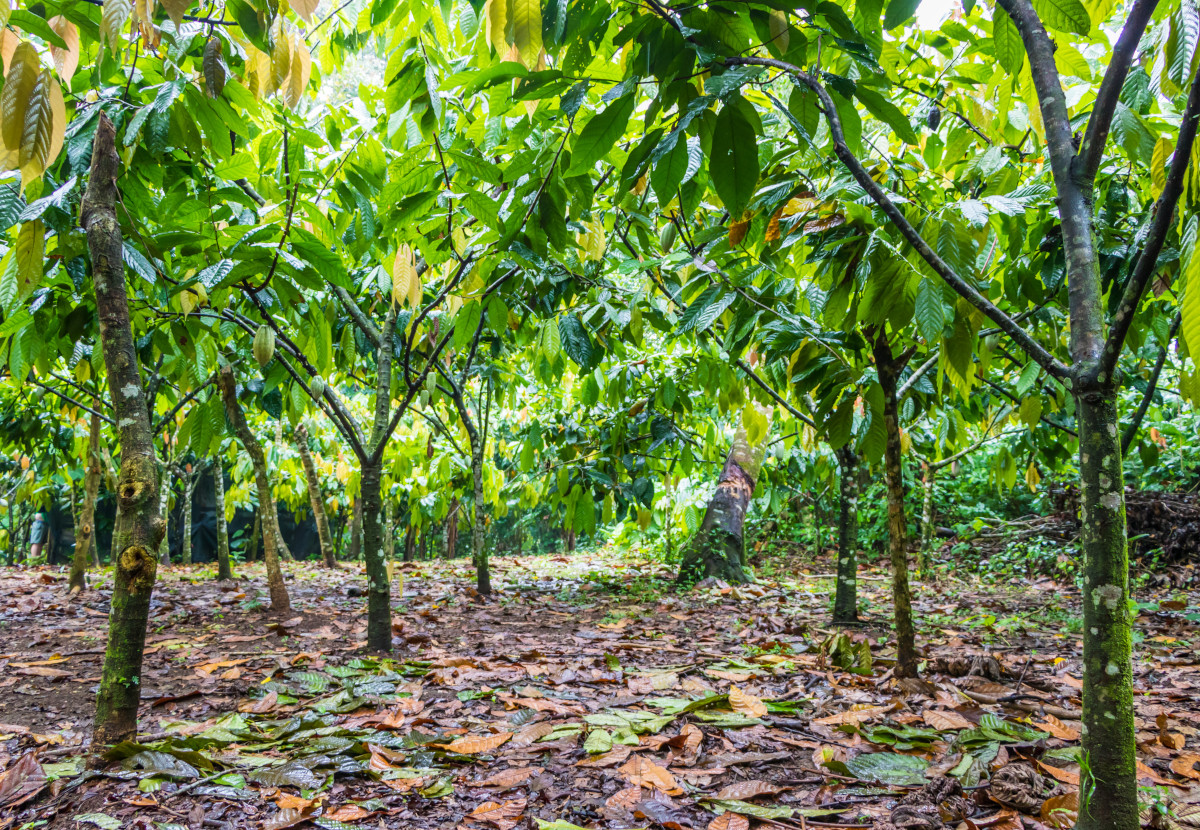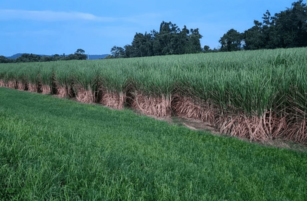Insight Focus
- Initial funding for Corridgeree came from family and friends.
- Further funding has come through a Series A round.
- It’s not cheap and there’s no guarantee of success.
The two things I find hardest about running a farm are managing a staff of 20+ and raising money. For both, you’d better get used to rejection.
Our farm is part of the Missing Middle – we aren’t small farmers, nor are we a large agricultural operation just yet. That puts us in the fundraising Valley of Death as we invest in planting shade trees and vanilla that will take several years to be productive. Meanwhile, we grow short cycle crops like pineapple and hydroponic produce, and sell chocolate and other farm products. We are starting farm tours shortly, as we are giving informal tours most days to friends of friends, and need to see some return for our time.
But that’s not enough to cover the maintenance costs before the long term crops come to productivity. So off we march to potential investors. In cases like ours, funding using traditional debt structures (fancy term for a loan) can be crippling by the time you pay back that first few years of interest.
Like most startups, our initial funding was from ourselves and family and friends who get what we are trying to achieve and obviously know us very well. However, marketing a cocoa and vanilla farm in Belize to strangers has some challenges as you can imagine.
Just finding a lawyer took some time. Try pitching with the following: “I’m an Australian growing cocoa and vanilla in Belize in an agroforestal model. The parent company is in Wyoming”. Hmmm. Through networking we found a Denver based law firm that is familiar with agriculture and fundraising and they have prepared a Private Placement Memorandum for convertible notes and all the other legal documents we need for our Series A funding round. It’s not cheap, and there is no guarantee of success, but this is absolutely necessary to even get a 15 minute call with a potential investor.
That was the easy part. We only got to this point after a lot of pitching via other methods to impact investors. Here’s some of what we heard as to why we can’t get funded from this sector of the market:
- You’re too big
- You’re too small
- Wrong geography/wrong crops
- Not enough traction/too much traction
- Not our sector
- Belize is a middle economy country, we only invest in the base of the pyramid
- Not enough turnover
- Market conditions too volatile
- We don’t accept unsolicited requests
- You’re not serving enough small farmers
- You’re not certified
Mostly you just hear nothing at all. I do believe that what it comes down to is that lot of impact investment firms have raised around USD 50 million so they need to do three or four 10-15MM ticket deals over the life of their fund AND save the earth from climate change which has to be done “at scale”. Most investors want their money back after say 7 years or so (“patient capital”). So we are the “wrong fit” (I’m using a lot of parentheses as I’m convinced a lot of this jargon is just to make people sound more important than they really are).
The trouble is, there aren’t a lot of viable brownfield 10-15MM deals around in development agriculture, and I don’t know how you get to them without doing a 1-2MM deal like ours as a Proof of Concept to protect your investors’ funds. Over the last few years I have made a spreadsheet with details about 170 or so impact investment firms and when I pitched them, or messaged them, or applied on their website and when we got turned down or ghosted. That gets very demotivating pretty fast.
What I find mysterious is that if people like us with our experience and networks are getting knocked back, then what hope is there for other small farmers when can’t do discounted cashflows and Powerpoint slides and structure deals and pitch them? Fundraising is close to a full time job as well.
On the other side of this equation I’ve been involved in doing due diligence on several large scale ag deals and understand the process. The more I do this sort of work the more I truly believe investing in this field comes down to:
- “what’s the long term prospects for this sector”
- “do you trust the person in charge will be able to cope with all the unexpected things that come along and continue to build the business”
- “do they have systems in place” and;
- “where are the bodies buried?”.
Because I’ve never seen a budget where the actuals came close because there are always external events that affect the business.
I do think there is going to be a reckoning very soon in the Ag-Tech fundraising “space”. We get approached almost weekly by groups wanting us to use their drone tech, or get our soil biome analysed or measure soil water potential. Generally the first thing they want is for us to write a cheque for some tech that is largely unproven in our geography and crop. These guys raised a lot of money in the last 5 years or so and need to start showing some results. At least with agriculture you have some real assets and real demand for your products.
If I haven’t scared you off already, yes, we are doing a fundraise via a 5 year Convertible Note. I can send you more details if you are interested.
Here’s what we do have:
- 22 acres of vanilla being planted (currently at 20% in the field, another 20% in the shadehouse) using regenerative agricultural systems on our 75 acre farm in southern Belize
- A long term supply agreement with a large vanilla extractor for all of our production
- A cohesive team of 20+ staff (ok some days they are more cohesive than others)
- Accounting, legal, HR and maintenance systems in place
- Not one but two experienced managers with 5+ years of direct farm management experience in Belize as well as 30+ years of experience in commodity supply chains and manufacturing
- A small but growing chocolate brand in Belize close to two resort towns
- Pretty thick hides
Don’t make me put you on that spreadsheet.

A drone shot of our offices, shadehouses, storage area and our first vanilla field in the foreground.













